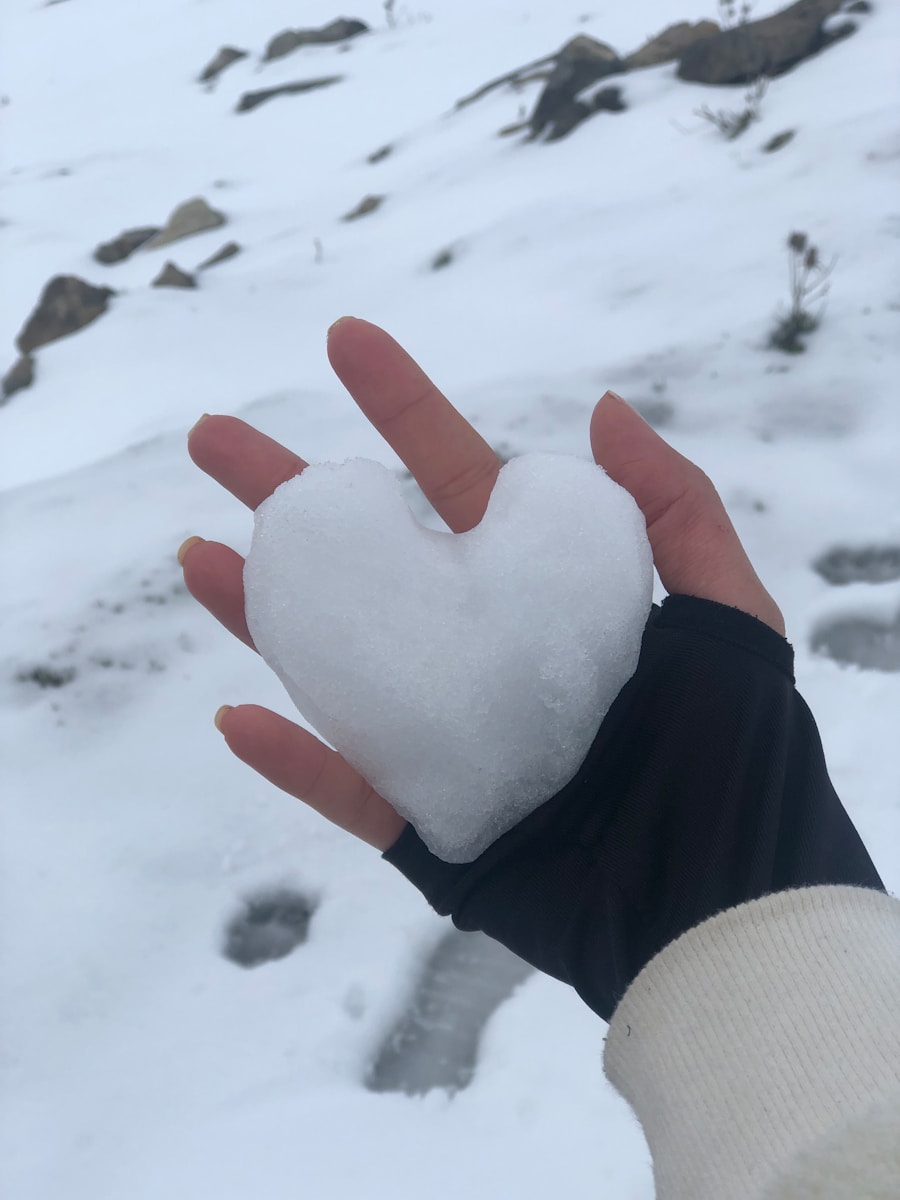Hiking is a popular outdoor activity that offers numerous physical and mental health benefits, from improving cardiovascular fitness to enhancing mood and reducing stress. However, it is not without its challenges, one of which is the phenomenon of swelling, particularly in the extremities. Swelling, or edema, can occur for various reasons during a hike, and understanding these causes is crucial for both novice and experienced hikers.
This article delves into the multifaceted nature of swelling during hiking, exploring the physiological responses to physical exertion, environmental factors, and the role of proper gear. As hikers traverse diverse terrains, they may experience swelling in their feet, ankles, and legs. This condition can be uncomfortable and may even hinder performance, leading to a less enjoyable experience on the trail.
By examining the underlying causes of swelling, hikers can better prepare themselves for their adventures and implement strategies to mitigate its effects. Understanding the physiological mechanisms at play can empower individuals to make informed decisions about their hiking practices and enhance their overall outdoor experience.
Key Takeaways
- Swelling during hiking is a common issue caused by various factors such as physical exertion, elevation, dehydration, and heat.
- Physical exertion and increased blood flow during hiking can lead to swelling in the feet, ankles, and legs.
- Elevation and altitude can also contribute to swelling due to changes in air pressure and reduced oxygen levels.
- Dehydration and electrolyte imbalance can exacerbate swelling during hiking, leading to discomfort and potential health risks.
- Heat and humidity can cause increased sweating and fluid retention, further contributing to swelling in the body.
Physical Exertion and Increased Blood Flow
One of the primary reasons for swelling during hiking is the body’s response to physical exertion. When engaging in strenuous activities like hiking, the heart pumps more blood to the muscles to meet increased oxygen demands. This heightened blood flow is essential for sustaining energy levels and supporting muscle function.
However, as blood circulates more vigorously, it can lead to an accumulation of fluid in the tissues, particularly in the lower extremities. This phenomenon is known as peripheral edema. The gravitational pull on the body also plays a significant role in this process.
When hikers are on their feet for extended periods, gravity causes blood to pool in the legs and feet. The combination of increased blood flow and gravitational effects can result in noticeable swelling. For instance, a hiker who ascends a steep trail may find that their ankles swell by the time they reach the summit.
This swelling can be exacerbated by factors such as prolonged standing or walking on uneven terrain, which places additional strain on the lower limbs.
Impact of Elevation and Altitude

Elevation and altitude can significantly influence the body’s physiological responses during hiking. As hikers ascend to higher altitudes, the air pressure decreases, leading to lower oxygen availability. In response, the body undergoes various adaptations, including increased heart rate and changes in blood circulation.
These adaptations can contribute to swelling as well. At high altitudes, fluid shifts occur within the body due to changes in osmotic pressure and capillary permeability. Moreover, altitude sickness is a concern for hikers venturing into mountainous regions.
Symptoms of altitude sickness can include headaches, nausea, and swelling of the extremities. The body may struggle to acclimatize to reduced oxygen levels, leading to fluid retention as a compensatory mechanism. For example, a hiker who ascends rapidly without allowing time for acclimatization may experience swelling in their hands and feet as their body attempts to adapt to the new environment.
Dehydration and Electrolyte Imbalance
| Dehydration and Electrolyte Imbalance Metrics | Statistics |
|---|---|
| Prevalence of Dehydration | 1 in 5 elderly adults are dehydrated |
| Dehydration-related Hospitalizations | Over 1.5 million people are hospitalized each year in the US |
| Electrolyte Imbalance Cases | Approximately 15-20% of hospitalized patients experience electrolyte imbalance |
| Dehydration-related Deaths | Over 600,000 children die each year globally due to dehydration |
| Cost of Dehydration Treatment | Estimated annual cost of over 2.5 billion in the US |
Dehydration is another critical factor that can contribute to swelling during hiking. When hikers do not consume enough fluids, their bodies may respond by retaining water in an attempt to maintain hydration levels. This retention can lead to swelling in various parts of the body, particularly in the extremities.
Additionally, dehydration can disrupt the balance of electrolytes—minerals such as sodium, potassium, and magnesium that are essential for proper cellular function. An electrolyte imbalance can exacerbate swelling by affecting how fluids are distributed within the body. For instance, low sodium levels can lead to a condition known as hyponatremia, where excess water accumulates in cells, causing them to swell.
Hikers who consume large amounts of water without adequately replenishing electrolytes may find themselves facing this issue. It is crucial for hikers to maintain proper hydration while also ensuring they are consuming foods or supplements that provide essential electrolytes.
Heat and Humidity
Environmental conditions such as heat and humidity can also play a significant role in causing swelling during hikes. High temperatures can lead to increased perspiration, which may result in fluid loss if not adequately replaced. As the body loses fluids through sweat, it may attempt to retain water in other areas, leading to swelling in the extremities.
Additionally, heat causes blood vessels to dilate in an effort to cool the body down, which can increase blood flow to the skin and contribute to fluid accumulation in tissues. Humidity compounds these effects by making it more challenging for sweat to evaporate from the skin’s surface. When sweat does not evaporate efficiently, it can lead to overheating and further exacerbate fluid retention issues.
Hikers traversing humid environments may notice that their feet swell more than usual due to these combined factors. For example, a hiker on a hot summer day in a humid forest may find that their shoes feel tighter as their feet swell from both heat exposure and fluid retention.
Injuries and Trauma

Inflammation and Swelling
Sprains, or fractures can cause inflammation around the injury site, resulting in swelling as blood flow facilitates healing. For example, a hiker who twists an ankle while navigating rocky terrain may experience immediate swelling around the joint due to trauma.
Severity of Swelling
The severity of swelling can vary depending on the nature of the injury and how quickly it is addressed. In some cases, hikers may ignore minor injuries until they become more pronounced, leading to increased discomfort and swelling over time.
Managing Swelling
Prompt treatment, such as rest, ice application, compression, and elevation (the RICE method), can help manage swelling effectively.
Gear and Equipment
The choice of gear and equipment can significantly influence the likelihood of experiencing swelling during hikes. Proper footwear is paramount; ill-fitting shoes or boots can constrict blood flow and contribute to swelling in the feet and ankles. Hikers should select footwear that provides adequate support while allowing for some degree of movement and flexibility.
Additionally, wearing moisture-wicking socks can help manage sweat and reduce friction that might lead to blisters or other foot issues. Compression gear has gained popularity among athletes and outdoor enthusiasts alike for its potential benefits in reducing swelling during physical activities. Compression socks or sleeves can help improve circulation in the lower extremities by applying gentle pressure on the veins.
This pressure encourages blood flow back toward the heart and may help prevent fluid from pooling in the legs during long hikes. Hikers should consider incorporating compression gear into their packing list if they are prone to swelling or plan on undertaking particularly strenuous hikes.
Prevention and Management Techniques
Preventing and managing swelling during hiking involves a combination of strategies aimed at addressing hydration, physical exertion, environmental factors, and gear selection. Staying well-hydrated is crucial; hikers should aim to drink water regularly throughout their trek rather than waiting until they feel thirsty. Incorporating electrolyte-rich snacks or drinks into their diet can help maintain balance and prevent fluid retention.
Taking breaks during hikes is also essential for managing swelling. Periodically resting allows blood circulation to normalize and reduces the risk of fluid pooling in the legs and feet. Elevating the legs during breaks can further assist in minimizing swelling by encouraging venous return.
Additionally, hikers should pay attention to their bodies’ signals. If they notice any unusual swelling or discomfort, it is vital to address these issues promptly rather than pushing through pain or discomfort. Utilizing techniques such as gentle stretching or massage can help alleviate tension in muscles and promote better circulation.
In conclusion, understanding the various factors contributing to swelling during hiking enables outdoor enthusiasts to take proactive measures for prevention and management. By being mindful of hydration levels, environmental conditions, gear choices, and physical exertion levels, hikers can enhance their overall experience while minimizing discomfort associated with swelling on the trail.
While hiking, it is common for hands to swell due to increased blood flow and fluid retention caused by the physical exertion. This can be uncomfortable and even painful for some hikers. To alleviate this issue, it is important to stay hydrated and take breaks to rest and elevate the hands. Additionally, using a travel scooter like the one recommended in this article can help reduce the strain on hands during long hikes.
Love travel? Join Our Facebook Community For More Tips.
FAQs
What causes hands to swell while hiking?
The main causes of hand swelling while hiking are increased blood flow to the hands due to physical exertion, and the body’s natural response to the repetitive motion of using trekking poles or carrying a heavy backpack.
How can I prevent my hands from swelling while hiking?
To prevent hand swelling while hiking, it is important to stay hydrated, take regular breaks to rest and elevate your hands, and use proper hiking gear such as trekking poles to distribute the weight and reduce strain on the hands.
Are there any medical conditions that can cause hand swelling while hiking?
Yes, certain medical conditions such as arthritis, carpal tunnel syndrome, or poor circulation can contribute to hand swelling while hiking. It is important to consult a healthcare professional if you have any underlying medical conditions that may be exacerbating the swelling.
